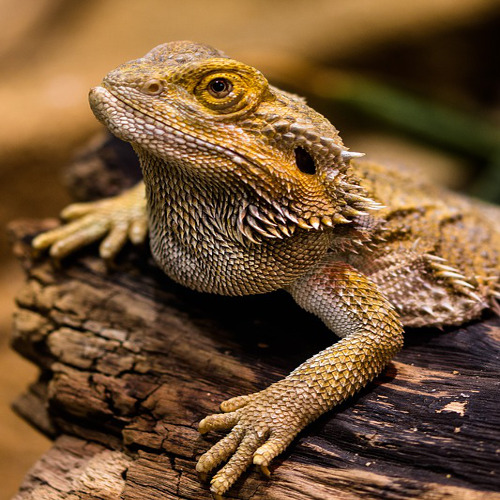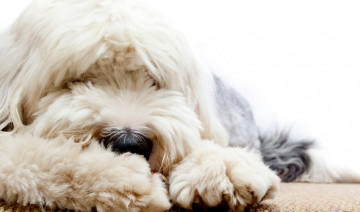10 Symptoms of Diabetes in Dogs
Diabetes can be a challenging condition to manage, especially in pets that cannot verbally communicate how they feel. Recognizing the symptoms of diabetes in...

• Distribution: Australia
• Captive Environment: Bearded Dragons are active and territorial animals and therefore require generous living space. Males in particular should be housed in Breeder aquariums. Enclosures should be large enough to enable a temperature gradient of at least 10 degrees Fahrenheit.
Bearded Dragons can be kept on sand, but care should be taken when feeding to minimize ingestion of sand. Make sure there are plenty of rocks and sticks to climb on, as well as places to hide. Because of their active nature and high metabolism, be prepared to clean out fecal matter frequently. If you use a sand substrate you can sift out
dried feces easily with a Sand scoop.
• Cleaning: Cages must be kept clean to prevent disease. Anti-bacterial cleaning solutions are recommended. One ounce of bleach in ten ounces of water is one such solution. Rinse the cage with clean water after using any solution. Don't use Lysol, Lestoil or other such oil based cleaners; they are deadly to reptiles.
• Temperature: Bearded Dragons are native to Australia and therefore prefer a hot, dry environment. A basking spot with daytime temperatures of 90-100F should be provided. A temperature gradient to a cool area of 80-85F is vital. Nighttime temperatures can drop to the mid- to low -70's Fahrenheit. Thermometers are necessary to maintain the proper temperatures in a Bearded enclosure. Too cool is not good, but too hot is even worse. A fullspectrum/UVB light should be used. Never leave the cage in direct sunlight!
• Water Requirements: Keep a bowl or bowls of clean water in the cage at all times. Larger bowls can be half-buried in the sand. Bearded Dragons like an occasional misting, but do not let the enclosure get damp/humid.
• Nutritional Requirements: Baby Bearded Dragons MUST be fed appropriately sized food - pinhead crickets and newly molted mealworms. Adult Bearded Dragons are omnivorous, meaning that they eat both invertebrates and small vertebrates as well as plant matter. Prey items such as appropriately sized cultured crickets, cockroaches, mealworms, king worms, and wax worms can be fed, along with pinkie mice. Dusting food with calcium powder once a week or a couple times a month is a good idea. Insects should be gut-fed 24 hours before being fed to your lizard. You can buy gut-load at most pet stores.
Greens such as collard greens, mustard greens, romaine lettuce and dandelions are usually well-received by Beardeds. Fruits like cantelope and mango are also Bearded favorites. Try and feed as varied a diet as possible. Adult Bearded should be fed 3-5 times a week; more for hatchling and juveniles.
If your Bearded Dragons are fed a diet primarily of crickets they may experience rear-body paralysis -- symptomatic of selenium toxicity. Giving very small amounts of Vitamin E oil once a week by popping a capsule and putting drops on the lizard's mouth so it can lick them off may help. Check with a qualified herp veterinarian with any questions about this.
• Handling: Bearded Dragons tolerate human interaction fairly well. Most are content to sit on their keeper's shoulders and take in the view. They are also very curious and would benefit from supervised exploring in a secure area. With proper care your Bearded Dragon can live 4-10 years.
• To print Bearded Dragons (Anoles) care information, click here.
We are constantly adding new specials to our site. Be sure to check back often!
We currently do not have any events scheduled.

Diabetes can be a challenging condition to manage, especially in pets that cannot verbally communicate how they feel. Recognizing the symptoms of diabetes in...